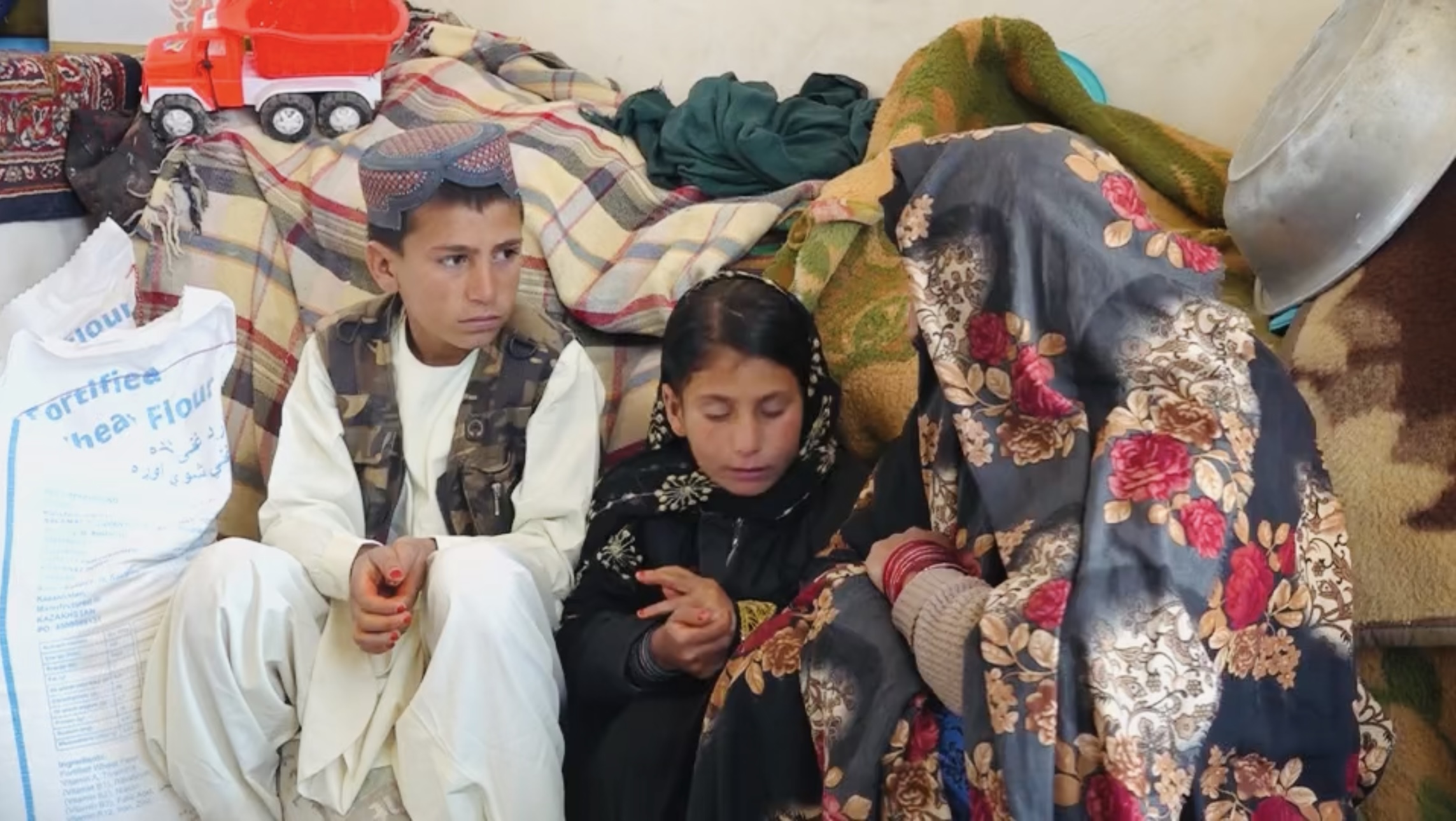In its annual report released on March 17th, commemorating National Journalists’ Day, the Afghanistan Journalists’ Center highlights a concerning trend of escalating pressures and threats against media personnel in 2023 and 2024.
The report documents four directives issued to restrict media and journalistic activities across various provinces. These include prohibitions on using “unknown terms” in Helmand province’s media, photography and filming limitations in official and unofficial programs in Kandahar, and bans on contacting women and girls in media broadcasts in Khost province.
According to Samia Walizadeh, the head of communication and justice at the Afghan Journalists’ Center, the violations of media and journalists’ rights in 2023 were alarming. The report recorded 139 instances of rights violations, comprising 80 threats and 59 arrests of journalists and media activists. Walizadeh emphasizes that such threats and pressures have only intensified.
The report also documents eight cases of media broadcast censorship and two cases of the arrest and prosecution of local radio station managers by the Taliban.
However, Afghan journalists, especially female journalists, paint a different picture. They describe increasingly challenging working conditions, with restrictions on participating in news conferences and obtaining interviews, particularly from women. Instances of self-censorship are also reported due to fear of repercussions or arrest.
The Afghanistan Journalists’ Center and affected journalists lament the growing constraints imposed by the Taliban government on media operations. While Zabihullah Mujahid advocates for journalists to work within Islamic and national values, the reality on the ground reflects a stifling environment for media freedom.
According to the center’s data, the Taliban have enforced 17 restrictions on journalists and media during their two and a half years in power.













